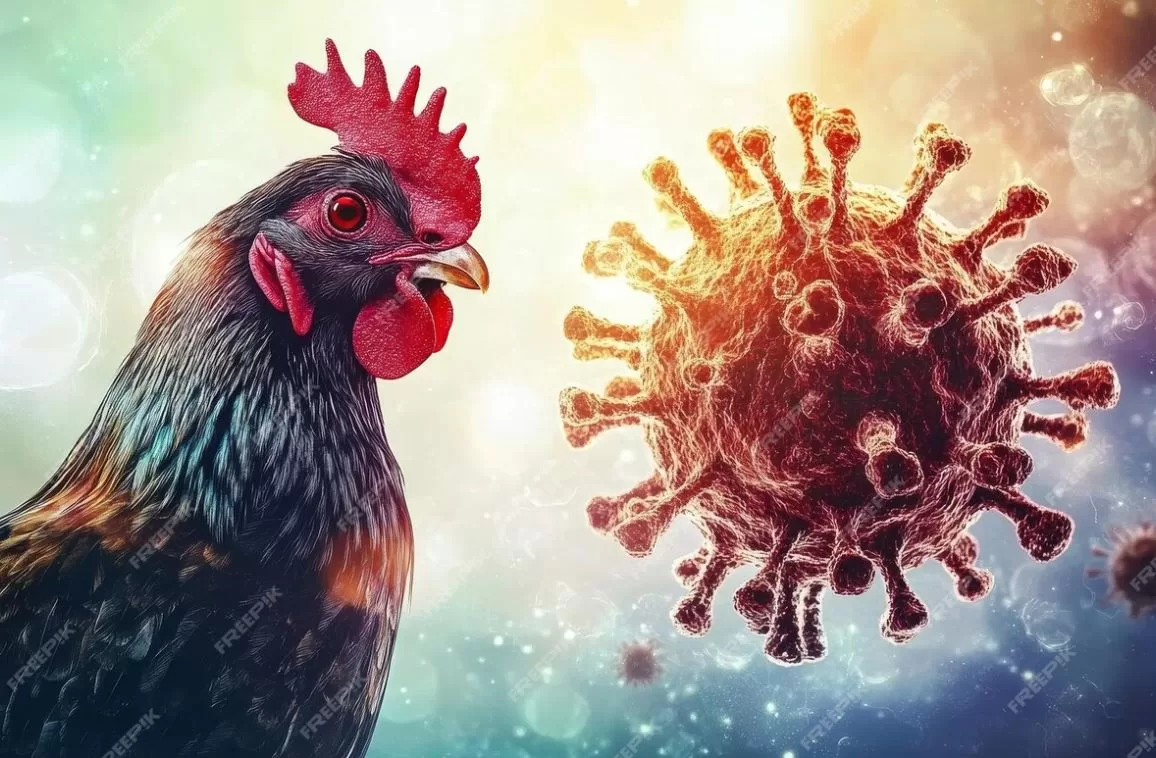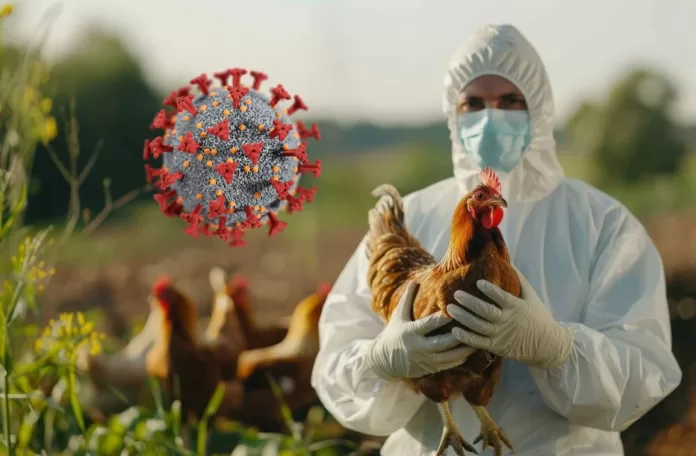The highly pathogenic avian influenza (HPAI) H5N1 virus, popularly known as bird flu, is making headlines and leaving its mark on grocery shelves. People are wary of eating eggs as they feel they may be affected by H5N1 bird flu.
Initially spreading among domestic waterfowl, the virus has now migrated to commercial poultry, mammals, cattle, and a host of other animals across the United States. As of February 26, 2025, there have indeed been about 70 confirmed, sporadic human cases in the United States. Exposures have rather been largely tied to dairy herds (58.6%) and also poultry operations (34.3%), with smaller proportions linked to other animal exposures (2.9%) as well as unknown sources (4.3%). The Centers for Disease Control and Prevention (CDC) currently assesses the public health risk as low, with no documented human-to-human transmission, but vigilance is essential.
Public health agencies are, of course, closely monitoring the situation; individual vigilance, like following proper food safety protocols and being mindful of interactions with pets and also wildlife, remains essential in preventing infection. While there is no doubt about the growing concern about the spread of H5N1 to humans, practicing a few hygiene protocols can help to mitigate risk.
Table of Contents
1. Are eggs, chicken, and beef safe to eat?
The good news is that poultry, eggs, and beef are safe to eat when properly handled and thoroughly cooked. According to the CDC, there have been no reported cases in the U.S. of people contracting H5N1 from food prepared using standard safety practices. Yet, in Southeast Asia, a small number of avian influenza A virus infections have been linked to the handling or perhaps consumption of raw or undercooked poultry and also related products, like blood.
Essential food safety tips include:
- Poultry and Eggs: Cook all poultry products to an internal temperature of 165°F (74°C). This includes ensuring scrambled eggs are fully set and also avoiding runny yolks in fried or poached eggs.
- Egg Safety: Commercial eggs in the U.S. do undergo washing and sanitization, significantly reducing risk. Still, always refrigerate eggs and avoid consuming raw dough or even batter containing eggs.
- Beef: Ground beef needs to reach 160°F (71°C), while whole cuts need to be cooked to at least 145°F (63°C) with a three-minute rest period.
- Prevent Cross-Contamination: Keep raw meat separate from ready-to-eat foods. Wash one’s hands, utensils, and cutting boards thoroughly with soap as well as water after handling raw meat.
These steps do protect against H5N1 and also other foodborne pathogens such as Salmonella and E. coli. Always wash hands with warm soap and water for at least 20 seconds after handling raw or undercooked foods.
2. Does a person need to take down bird feeders?
Bird feeders are favorites for many people, but they can serve as gathering spots where diseases spread among wild birds.
Choose to keep the feeder up:
- Wear rubber gloves when refilling feeders or even touching them for any reason.
- Clean feeders with a bleach solution routinely (wearing appropriate PPE).
- Remove spilled seed to prevent attracting large flocks.
- Keep pets and children away from feeders as well as droppings.

If spotting a sick or dead bird:
- Do not touch it with your bare hands.
- Report it to the state’s wildlife agency or the USDA’s wildlife services.
- Wear appropriate PPE and wash hands thoroughly after handling feeders or cleaning up around them.
Also read, Flu Symptoms and Flu-Like Illness.
3. Why Avoid Raw (Unpasteurized) Milk?
The detection of H5N1 in dairy herds is concerning. Raw (unpasteurized) milk can harbor the virus, along with other dangerous pathogens such as Listeria and Salmonella. Pasteurization is heating milk to a high temperature for a set period that kills these germs, thus making it the safest choice.
Why skip raw milk products?
- Raw milk from infected cows is “teeming” with this virus, potentially posing a direct infection risk.
- Vulnerable populations (children under 5, pregnant women, older adults, and immunocompromised individuals) are especially at risk.
Safety tip: Always check labels to ensure dairy products are pasteurized. Refrigerate perishables at 40°F (4°C) or even colder, and discard expired items.
Conclusion
H5N1 bird flu is thus an infection that spreads in birds as well as other animals via a particular type of virus. Yet, these infections are not limited to birds and can also spread from birds to humans. The chances of spreading the infection from human to human are rare.

